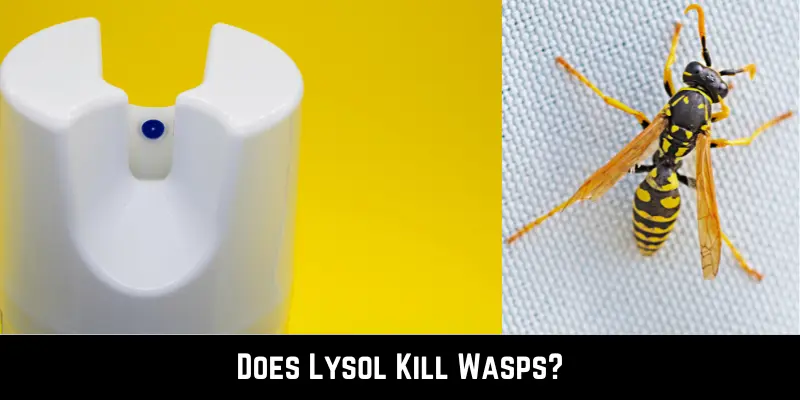Every family wants one product that can do many things. Think about cleaners that can also keep germs away or products that keep bugs out. A common question is: does Lysol kill wasps?
Yes, Lysol kill wasps. Lysol contains chemicals that can harm or incapacitate wasps temporarily when sprayed directly on them due to its strong scent and ingredients. However, Lysol is not formulated as an insecticide, so it might not always deliver a fatal blow to the wasp.
Yes, lysol kill wasps. Lysol contains chemicals that can harm or incapacitate wasps temporarily when sprayed directly on them due to its strong scent and ingredients. However, Lysol is not formulated as an insecticide, so it might not always deliver a fatal blow to the wasp.
If wasps are causing trouble for you and you’re searching for a different way to deal with them, keep reading. We’ll explore if Lysol can help and share other ways to handle wasps.
What is Lysol?
Lysol is a big name many people trust when we talk about cleaning. Lysol is not just any cleaner; it’s like a guard for our homes against germs. Did you know Lysol started in 1889? It was made to help fight cholera in Europe. Over time, it has helped in many health problems, like the Spanish flu and recent world illnesses.
Over the years, many products have come and gone, but Lysol has always been there. Why? Because Lysol is serious about health and keeping things clean. They use science, check the quality, and change when needed to fight new germs.
Today, Lysol has many products, like wipes and sprays. But one thing stays the same: Lysol wants to make homes clean and safe.
Active Ingredients in Lysol
It has strong ingredients that kill germs. One main thing in it is called quaternary ammonium compounds. A special one is alkyl dimethyl benzyl ammonium chlorides (ADBAC or BZK). These are good at fighting many types of germs. They break the germs and make them harmless.
But there’s more! Lysol also has ethanol/SD alcohol. This is a special alcohol that helps clean and then dries up fast, so it doesn’t leave a mess. Also, Lysol has other things like water, soap, and good smells to make it easy and nice to use.
If we look closely at how Lysol works, we see it’s special. It doesn’t just clean; it makes places safe and healthy. Every ingredient in it has a job to do. This makes Lysol a top choice for keeping things clean and germ-free.
Common Uses of Lysol
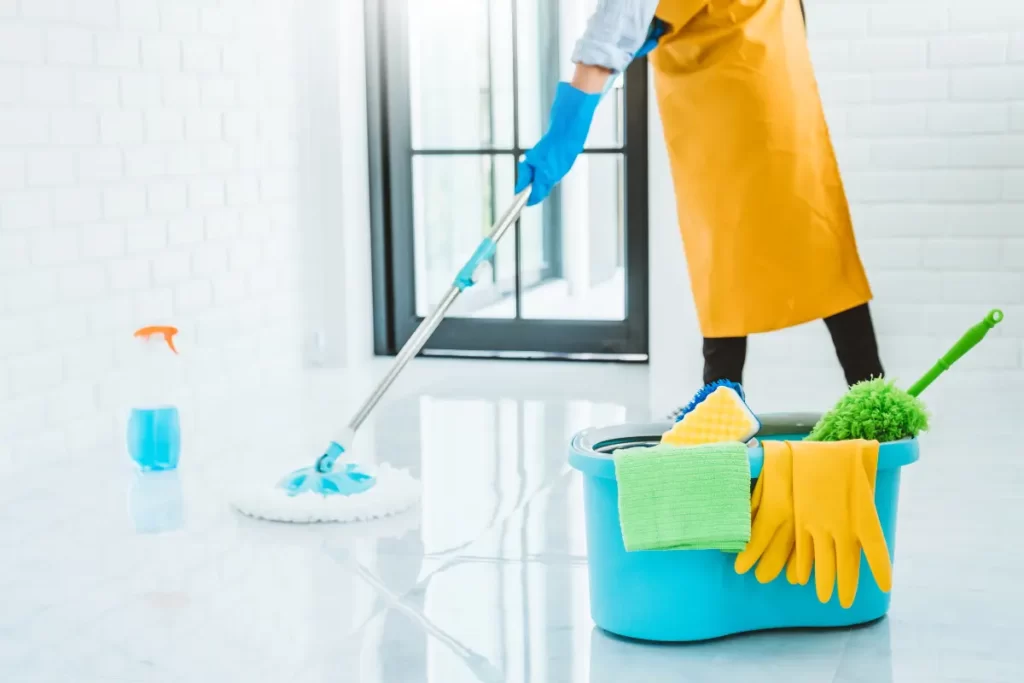
| Purpose | Description |
| Surface Disinfectant | Lysol sprays and wipes are staples in households and offices to sanitize hard surfaces. From kitchen counters to doorknobs, Lysol swiftly eliminates harmful pathogens, ensuring areas frequently touched remain hygienic. |
| Air Sanitizer | Beyond surfaces, Lysol’s aerosol sprays can be used to refresh and disinfect the air in closed spaces. This is particularly beneficial in rooms that lack ventilation or have been exposed to sick individuals. |
| Bathroom Cleaner | Lysol’s prowess shines in the bathroom, a hotspot for germs. Whether it’s the sink, toilet, or tiles, Lysol products tackle soap scum, water stains, and bacteria, granting bathrooms a sparkling finish and a germ-free sheen. |
| Fabric Refresher | For fabrics that can’t be washed frequently, like upholstery or curtains, Lysol offers solutions to refresh and disinfect. A gentle mist not only revives fabrics but also assuages concerns of microbial inhabitants. |
| Garbage Can Deodorizer | Odors and germs love to proliferate in garbage cans. A quick spray of Lysol neutralizes unpleasant smells and disinfects, ensuring that even areas housing waste remain hygienically sound. |
| Shoe Freshener | Lysol sprays can be used inside shoes to combat odors and disinfect. This provides a twofold benefit – ensuring shoes smell fresh and are free from bacteria that could potentially harm feet. |
Does Lysol Hurt Wasps?
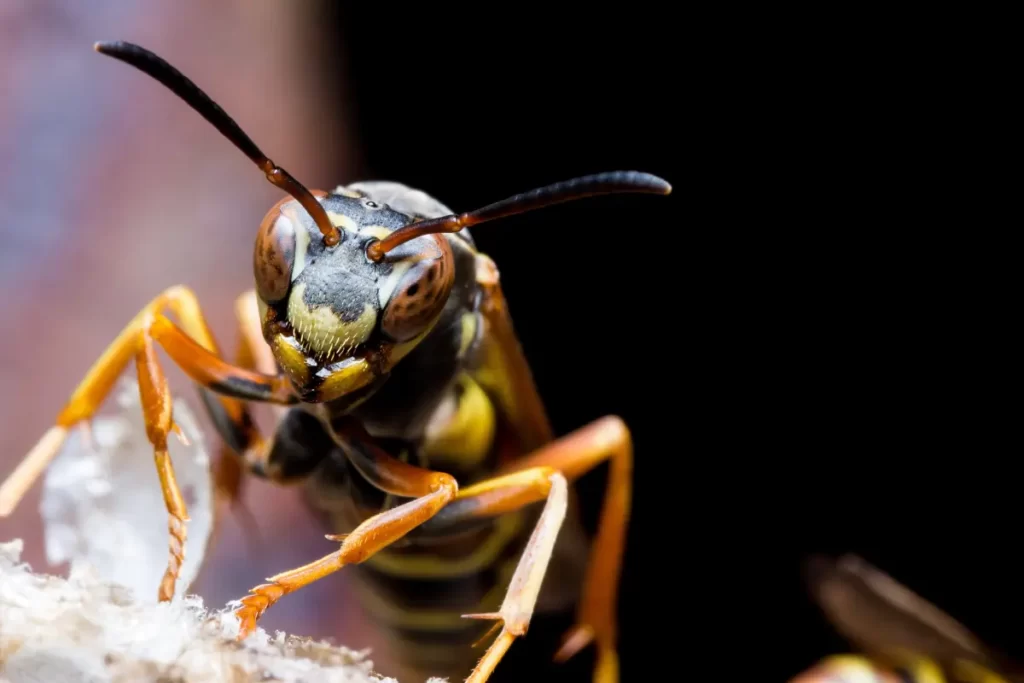
Lysol is famous for keeping homes clean and free from germs. But what about bugs, like wasps? Can it do anything to them? Even though Lysol isn’t made to fight wasps, its strong chemicals can affect them.
When Lysol is sprayed on a wasp, it touches their hard outer body and might affect their breathing. Wasps breathe through tiny holes called spiracles. If these get blocked by chemicals, the wasp could have trouble breathing.
Also, Lysol can mess with the wasp’s nervous system, making them act strange, shake, or not move. Many people have seen that Lysol can hurt and even stop wasps. But it’s good to remember that Lysol isn’t made for this. There are unique products just for wasps.
Will Lysol Kill a Wasp Instantly?
If you think Lysol can make a wasp drop dead right away, think again. Even though it’s powerful against germs, it doesn’t mean it will instantly kill wasps. When sprayed, some wasps might look hurt or not move for a bit. But others might still try to fly away or even sting in return.
It’s a bit of a gamble. Using Lysol might make a wasp angry and more likely to sting. Always think of safety first. If you really want to get rid of a wasp quickly and without problems, it’s best to use products made just for that. They’re faster, work better, and are safer to use.
How Does Lysol Work to Kill Wasp?
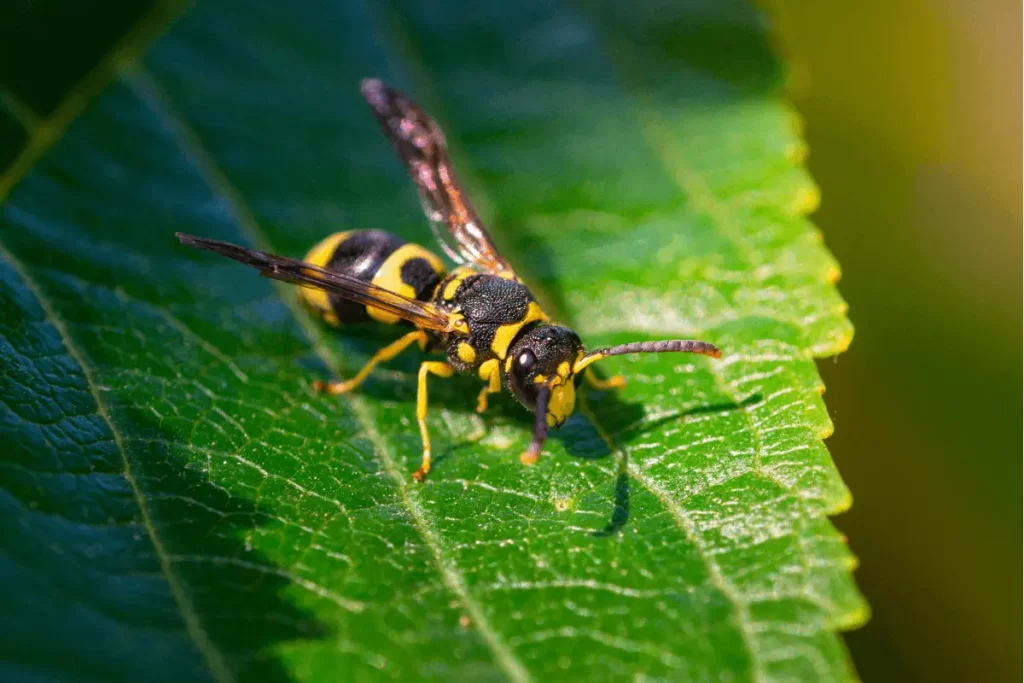
Step-by-Step Guide
First Touch
When you spray Lysol on a wasp, it’s like pouring cold water on someone unexpectedly. The wasp gets covered in chemicals it doesn’t recognise. This can slow the wasp down or even stop it for a moment because it’s shocked.
Breathing Trouble
Wasps breathe differently than we do. They use tiny holes called spiracles. Lysol can block these holes or mess with them. When that happens, the wasp can’t breathe properly. It’s as if our nose and mouth were suddenly blocked.
Nervous System Issues
Lysol can do more than make a wasp wet or block its breathing. It can also affect the wasp’s nerves. Nerves tell the wasp how to move and what to do.
If they get mixed up with Lysol, the wasp might fly strangely, shake, or not move. It’s like feeling dizzy or confused after smelling something very strong.
Later Problems
Even if a wasp flies away after being sprayed with Lysol, it might not be okay. The chemicals can stay on it and cause problems later on. It’s a bit like how we might feel sick hours after eating something bad.
Remember, Lysol can harm or even kill wasps, but that’s not what it’s made for. If you have many wasps bothering you, it’s best to use products meant for wasps or ask an expert for help. They can give you safe and effective solutions.
How to Use Lysol Spray to Kill a Wasp
| Step | Instructions |
| Safety First | Before even attempting to use Lysol against a wasp, ensure you’re wearing appropriate protective gear. Long sleeves, gloves, and protective eyewear can minimize the risk of getting stung. |
| Choose Your Setting | Preferably, tackle the wasp in an open space to give you ample room to move around. Indoors, there’s a risk of the wasp getting trapped and becoming more aggressive. Open windows if inside. |
| Shake the Can | Like any aerosol spray, give your Lysol can a good shake. This ensures the mixture inside is well-blended and primed for use. |
| Aim and Spray | Maintain a safe distance (about 2-3 feet away) and aim the nozzle directly at the wasp. Depress the spray button continuously until the wasp is drenched, ensuring maximum exposure to the chemicals. |
| Monitor the Wasp | Observe the wasp’s reaction. If it’s grounded, refrain from approaching immediately. It may still be capable of stinging. Allow a few moments for the chemicals to take effect. |
| Dispose Safely | Once you’re certain the wasp is incapacitated or dead, use a piece of paper or a tool to safely pick it up and dispose of it. Avoid using bare hands even if the wasp seems lifeless. |
| Ventilate Area | If used indoors, ensure the room is well-ventilated post-spray to disperse any lingering Lysol fumes. Breathing in these fumes can be harmful over extended periods. |
| Clean Surfaces | Clean any surfaces where Lysol may have been oversprayed. Though it’s a disinfectant, it’s best to ensure areas like kitchen counters are free from chemical residues before using them again. |
| It’s essential to underscore that while Lysol can be effective against wasps, it isn’t its primary purpose. Always handle wasps with extreme caution. If an infestation is evident or if you’re unsure about tackling them, seek expert advice or assistance. Safety should always be the paramount concern. | |
Why Using Lysol on Wasps is Not Recommended
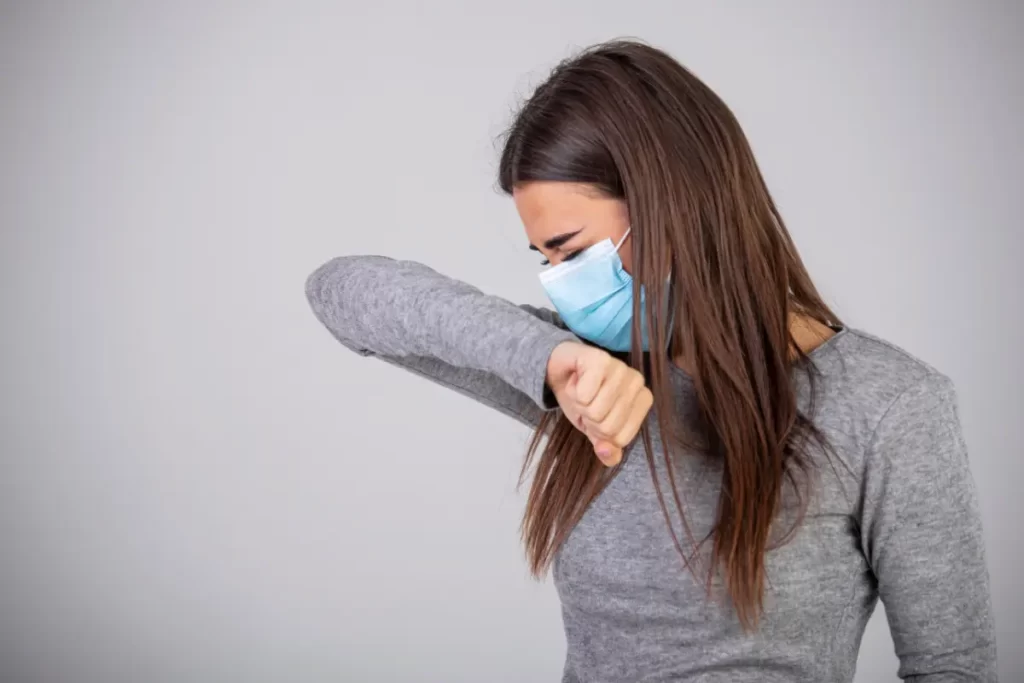
| Reason | Explanation |
| Not Designed For It | Lysol’s primary design is for disinfection and cleaning. Its chemical composition is tailored to eliminate bacteria and viruses on surfaces, not pests in the air. Using it beyond its recommended purpose may yield unpredictable and ineffective results. |
| Risk of Agitation | Spraying Lysol might agitate a wasp rather than incapacitating it immediately. An irritated wasp is more likely to sting, posing a potential danger to the person attempting to use Lysol as a deterrent. |
| Environmental Concerns | Liberally spraying Lysol in the environment, especially outdoors, can have unintended consequences. It might impact other benign or beneficial insects, disrupt local ecosystems, or even affect plants. |
| Wasted Resources | Lysol, especially in specific brands or scents, can be expensive. Using it as a wasp repellent could be a wasteful expenditure when specialized, cost-effective wasp sprays are available. |
| Incomplete Solution | Even if Lysol manages to incapacitate a lone wasp, it does little to address potential nests or colonies. Overlooking the broader issue can lead to recurring encounters with these flying pests. |
| Health Risks | Spraying aerosols, especially in confined spaces, raises concerns about inhalation. Lysol’s fumes, when inhaled in significant quantities, might pose respiratory risks. Breathing in these chemicals, especially in a panic-driven situation with a wasp, might lead to coughing, eye irritation, or other health concerns. |
| Lysol possesses the ability to hurt or even kill wasps, it’s not an optimal or recommended solution. The risks associated, combined with its unpredictability and potential environmental and health impacts, make it a less-than-ideal choice. There are more efficient and safer ways to address wasp-related concerns that won’t compromise one’s health or environment. | |
Alternatives to Lysol to Kill Wasps
Wasp Spray
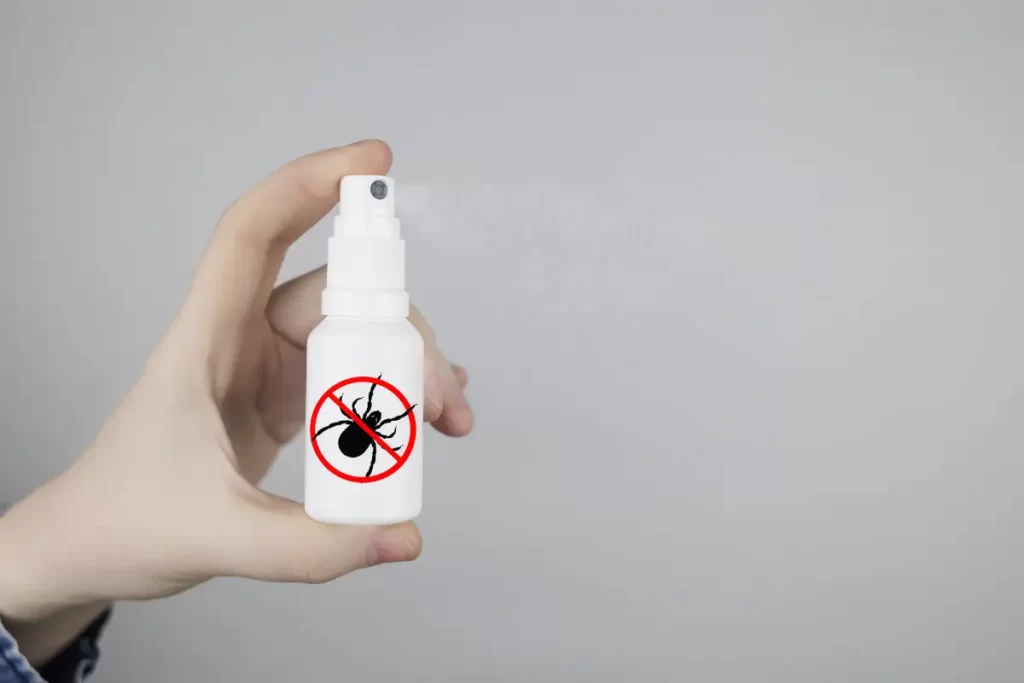
Think of wasp spray as a special tool just for wasps. Unlike Lysol, it’s made to work quickly on wasps. When you spray it on them, it affects their nerves, stopping them right away.
What’s great about these sprays is that you can use them from a distance. This means you can stay far from the wasps, so there’s less chance they’ll sting you. If you find where wasps are coming in and out (their nest), spraying there is super effective.
But remember, these sprays are specially made for wasps. They won’t harm other helpful bugs. Even though they work well, always be careful. Follow the instructions on the can, keep pets and kids away when you spray, and wear safety gear if needed.
Diatomaceous Earth (DE)
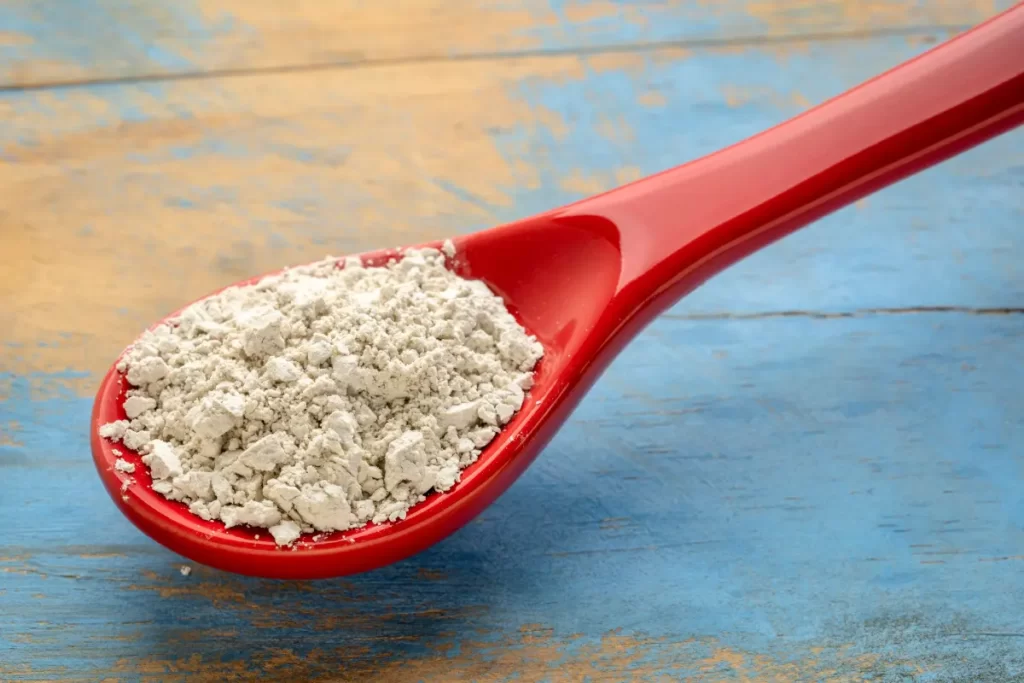
Looking for a natural way? Diatomaceous Earth (or DE for short) is a good choice. It’s made from tiny water creatures that have turned into fossils. To us, it looks like soft white powder. But if you could see it super close-up, it would look sharp.
How does it work? When wasps touch DE, it cuts their hard outer body. They lose water from these cuts and get very dry, which kills them. The good thing is, DE works by physically hurting the wasps, not chemically. So, wasps can’t get used to it over time.
To use DE, sprinkle it where you see wasps or near their homes. But remember, DE needs to be dry to work. So, make sure it doesn’t get wet.
Soap and Water Mix
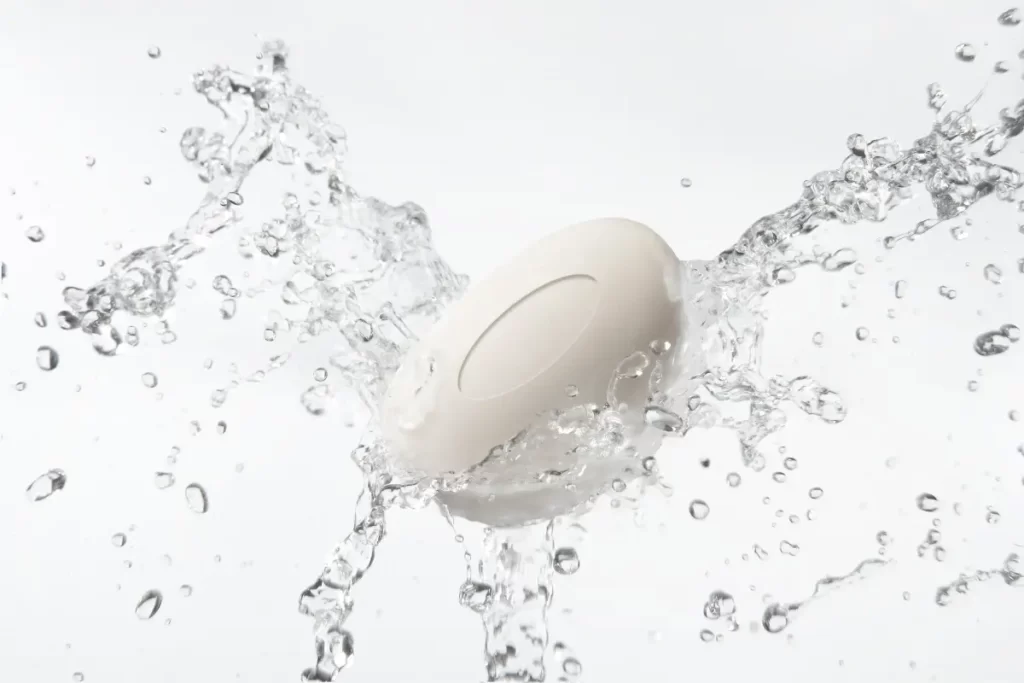
Did you know a mix of soap and water can help with wasps? It’s not just an old story; there’s actual science behind it. Wasps have a protective cover on the outside. When this gets soapy, the cover breaks, and the wasps dry out, causing them to die.
Here’s how to do it: Fill a spray bottle with water and add a lot of liquid soap. If a wasp is bothering you, a few sprays from this bottle can help. But remember to use this outside so you don’t slip on soapy floors inside. And be ready to move away quickly, as the wasp might get upset when sprayed.
Peppermint Oil
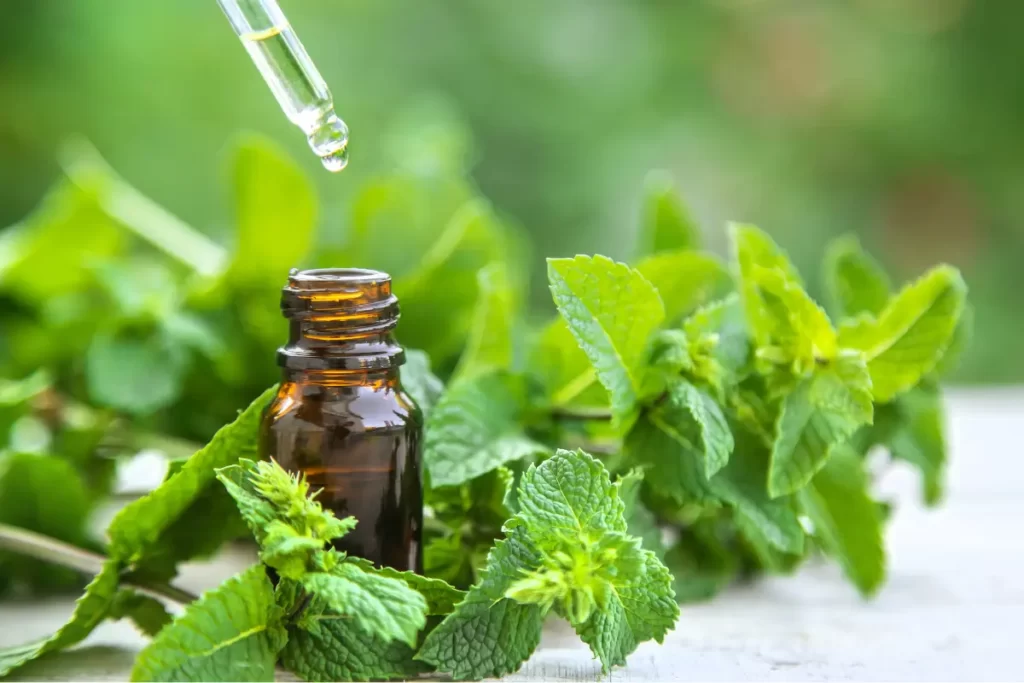
If you like natural solutions, try peppermint oil. Wasps don’t like the strong smell of peppermint. While it doesn’t kill them, it keeps them away. It’s like a “Keep Out” sign for them.
Here’s how to use it: Mix a few drops of peppermint oil with water in a spray bottle. Spray the areas you want to protect from wasps. As a bonus, it smells nice! But after rain, you might need to spray again to make sure it keeps working.
Lemon and Clove Mix
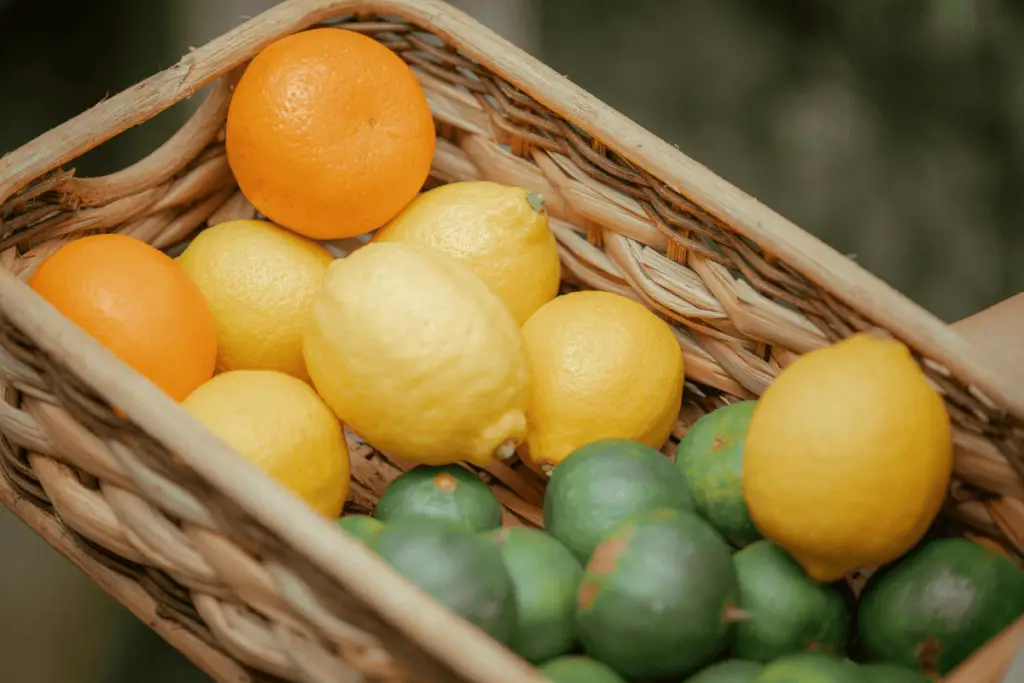
Using the smells of lemon and cloves together can help keep wasps away. Wasps don’t like the strongsmell they give off together.
Here’s how to do it: Cut a lemon in half and stick 10-15 cloves into the juicy part of each piece. Put these lemon pieces where you often see wasps or want to keep them away. It won’t kill the wasps, but it’ll keep them away. It’s great for outdoor events like picnics.
Mix of Essential Oils
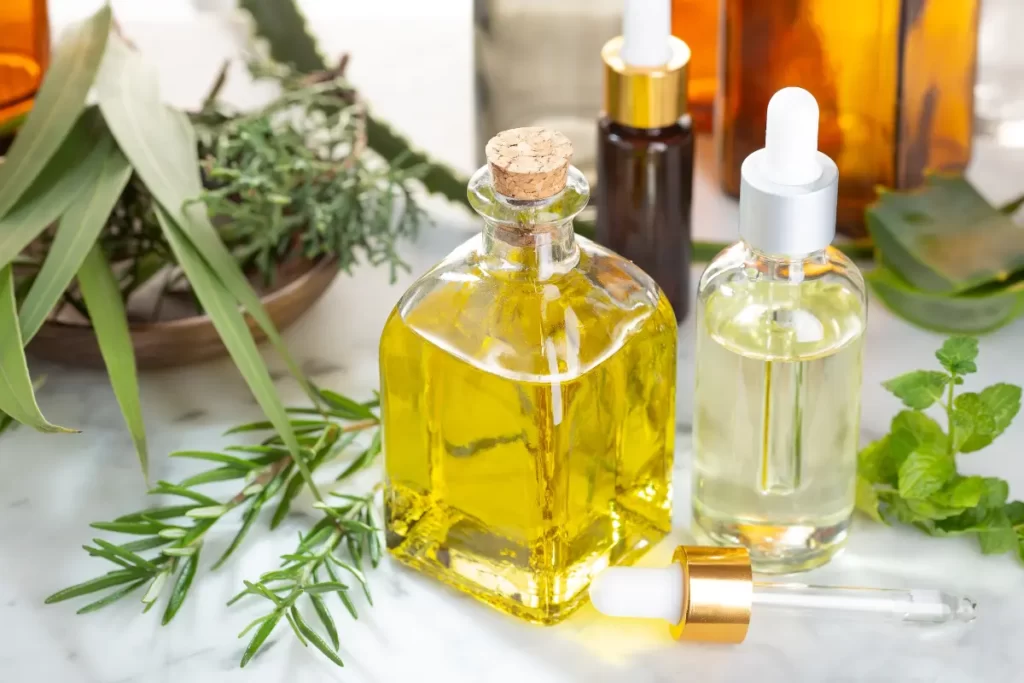
Remember how we mentioned peppermint oil? Well, mixing it with other oils like eucalyptus, lemongrass, and tea tree makes a powerful wasp repellent. The smell keeps them away.
How to use: Mix equal amounts of these oils with water in a spray bottle. Spray it around doors, windows, or places where wasps might come in. You’ll need to spray often, especially if there are a lot of wasps around.
DIY Wasp Traps
If you want to trap wasps, you can make your own trap at home. A common way is to use a sweet drink to attract them into a bottle they can’t get out of.
Here’s how:
- Take a plastic bottle and cut the top off. Flip the top part upside down and put it back inside the bottle to make a funnel.
- Fill the bottle with a mix of sugar, water, and a bit of vinegar. The sugar draws in the wasps, but the vinegar helps keep friendly bees away.
- Put the trap where you see a lot of wasps. They’ll fly in for the sweet mix but will get stuck and drown.
Remember, always be careful around wasps. They can get angry and sting, especially if they feel in danger. If you have many wasps or are scared of getting stung, it’s a good idea to ask experts for help instead of trying to do it yourself.
Cucumber Slices
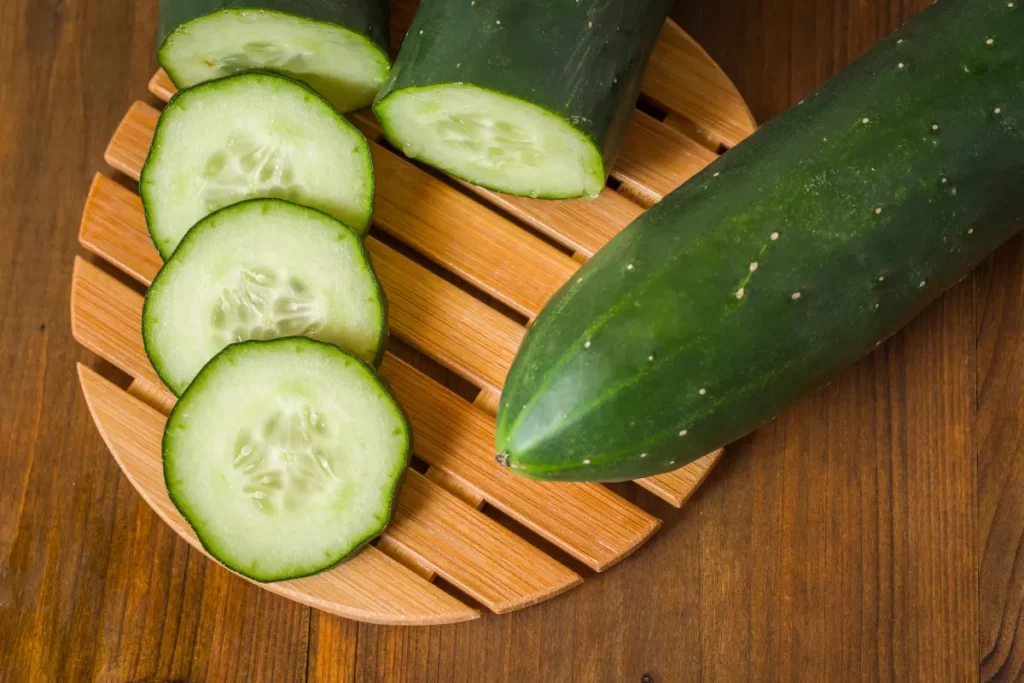
Did you know? Cucumber slices can help keep wasps away. The acid in cucumbers is something wasps don’t like. If you put fresh cucumber slices in places where wasps hang out, they’ll likely stay away. This is a safe and natural method, making it perfect for outdoor meals or picnics.
Sugar and Water Mix
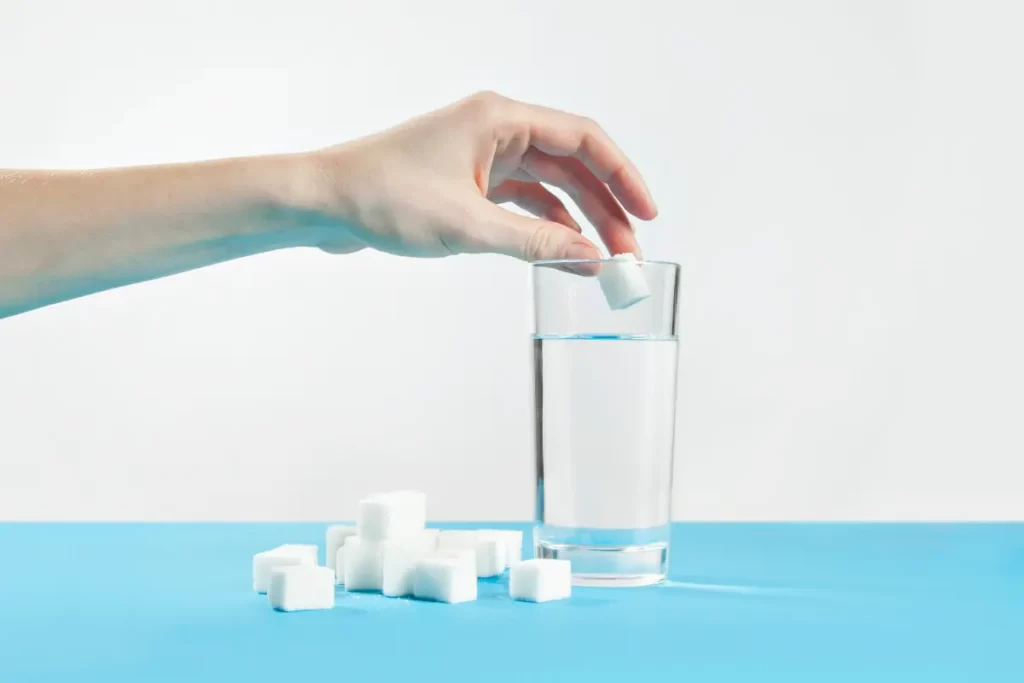
Here’s a trick: if wasps bother you during an outdoor event, you can distract them. Just put a bowl of sugar water somewhere away from where you’re sitting. Wasps love sweet things and will fly over to the bowl. It won’t get rid of them, but it’ll keep them busy for a while.
Baby Powder
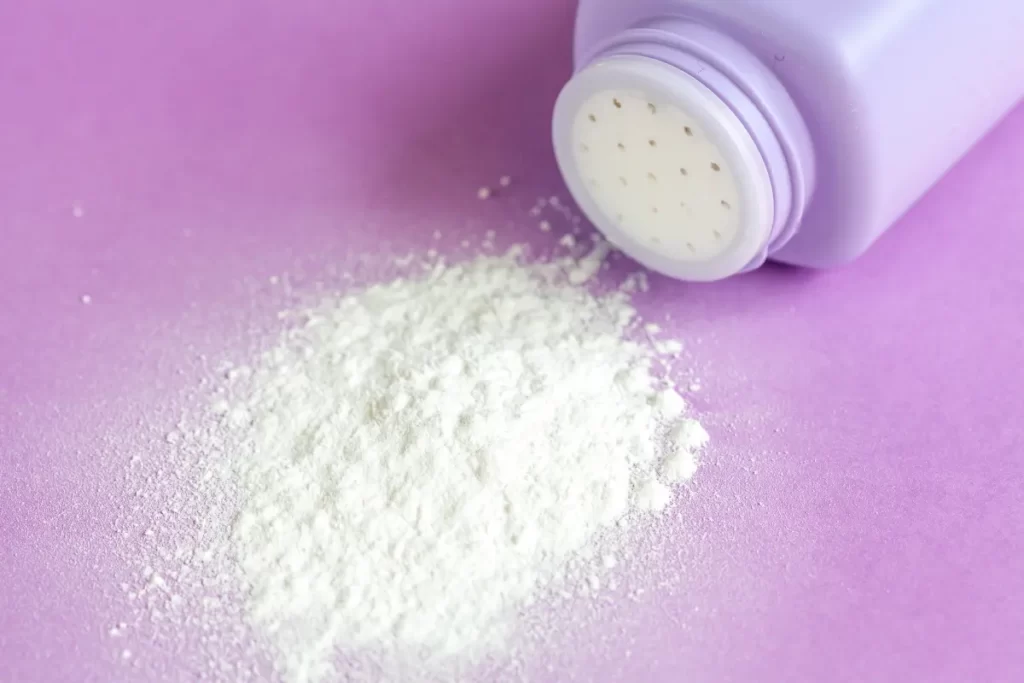
Guess what? Wasps don’t like baby powder! It’s not really known why, but if you sprinkle some in areas where wasps come often, they’ll probably leave. It’s a handy trick, especially if you already have baby powder at home.
Keep Things Clean
An excellent way to keep wasps away is to make sure they don’t find food. Always cover your food, especially sweet treats. If you have outdoor trash cans, empty and clean them often. And don’t leave ripe fruits out – wasps love them. By doing these things, wasps will have less reason to come around.
Advantages and Disadvantages of Using Lysol on Wasps
| Advantages of Using Lysol on Wasps | |
| Aspect | Detail |
| Accessibility | Lysol is a common household item, making it easily accessible when faced with an unexpected wasp encounter. |
| Immediate Reaction | When sprayed directly on a wasp, Lysol can induce an immediate reaction, potentially immobilizing the insect. |
| Multipurpose | As Lysol is primarily a disinfectant, using it means you’re not introducing a new, single-purpose chemical to your home. |
| Cost-effective | Considering many households already have Lysol on hand, there’s no additional expense in procuring it. |
| Simple Application | No need for specialized techniques or tools; a direct spray from the can is all that’s required. |
| Temporary Deterrence | The strong scent and chemicals in Lysol might deter other wasps from coming to the sprayed area briefly. |
| Disadvantages of Using Lysol on Wasps | |
| Aspect | Detail |
| Not a Guaranteed Kill | Lysol might not kill the wasp immediately or at all. The insect might become more agitated and aggressive. |
| Chemical Exposure | If used frequently, one might expose themselves and their environment to unnecessary chemicals. |
| Limited Reach | The spray range of a Lysol can might not be as far-reaching or forceful as specialized wasp sprays. |
| Waste of Product | Using Lysol for wasps means you’re using up a product not intended for this purpose, leading to early depletion. |
| Environmental Concerns | Repeated use might have environmental implications, affecting other insects or plants in the sprayed area. |
| Risk of Multiple Stings | If you miss or only agitate the wasp, there’s a risk of getting stung multiple times. |
Note: While Lysol might provide a temporary solution, it’s essential to recognize it’s not a designated insecticide. It’s crucial to weigh the advantages against the disadvantages, especially considering the potential risks and effectiveness.
Safety Precautions

| Aspect | Detail |
| Knowledge Before Action | Before engaging in any activity that might pose risks, always arm yourself with knowledge. Understanding the task at hand is crucial. |
| Avoid Working Alone | Especially for risky tasks, having someone nearby or informed about your activities can be a lifesaver in emergencies. |
| Stay Calm and Composed | Panicking can escalate situations. Take deep breaths and approach situations with a clear mind. |
| Know Your Limits | Don’t undertake tasks you’re unsure about or feel unqualified for. If in doubt, seek expert assistance. |
| First Aid Access | Always ensure a first aid kit is within reach, and you’re familiar with its contents and usage. |
Wearing Protective Gear
| Aspect | Detail |
| Right Gear for the Task | Always ensure that the protective gear you’re wearing is suited for the specific task. Not all gear offers the same level of protection. |
| Full Coverage | Ensure that your protective gear covers all vulnerable parts. This might include the face, hands, and body. |
| Regular Inspection | Before use, always inspect your gear for any wear, tear, or defects that might compromise its protective function. |
| Proper Fit | Ill-fitting gear can be as dangerous as not wearing any. Ensure your protective attire fits snugly without restricting movement. |
| Cleanliness | After use, clean and store your gear properly. Dirty or contaminated gear can lead to other health concerns. |
Preparing the Area
| Aspect | Detail |
| Clear Work Zone | Before starting any task, ensure the work area is free from unnecessary items or obstacles that might pose hazards. |
| Sufficient Lighting | Proper illumination is crucial. Ensure that your work area is well-lit to avoid mishaps due to poor visibility. |
| Ventilation | If working with chemicals or in a confined space, ensure there’s adequate airflow to prevent the buildup of harmful fumes. |
| Emergency Exits | Always be aware of and ensure a clear path to the nearest exit. In case of emergencies, quick evacuation can be lifesaving. |
| Isolate Hazardous Zones | If a particular area poses risks, use barriers, tapes, or signs to mark it clearly. This ensures others stay clear of the danger zone. |
Conclusion
Dealing with wasps can be tricky. Some people think of using common items like Lysol to handle them. But this has its good and bad points. There are many other ways to deal with wasps, and it’s important to always be safe.
If you decide to tackle wasps, wear the right safety clothes and prepare the area well. Remember, safety comes first. Each situation with wasps is different, so think carefully about what to do.
Even though we love finding new solutions, sometimes the best way is the old way, or asking an expert for help. Knowing more helps us make better choices. We should use our knowledge carefully and treat all creatures, including us, with kindness and respect.
FAQs
Alqarni, H., Jamleh, A. and Chamber, M.S., 2022. Chlorhexidine as a disinfectant in the prosthodontic practice: A comprehensive review. Cureus, 14(10).
